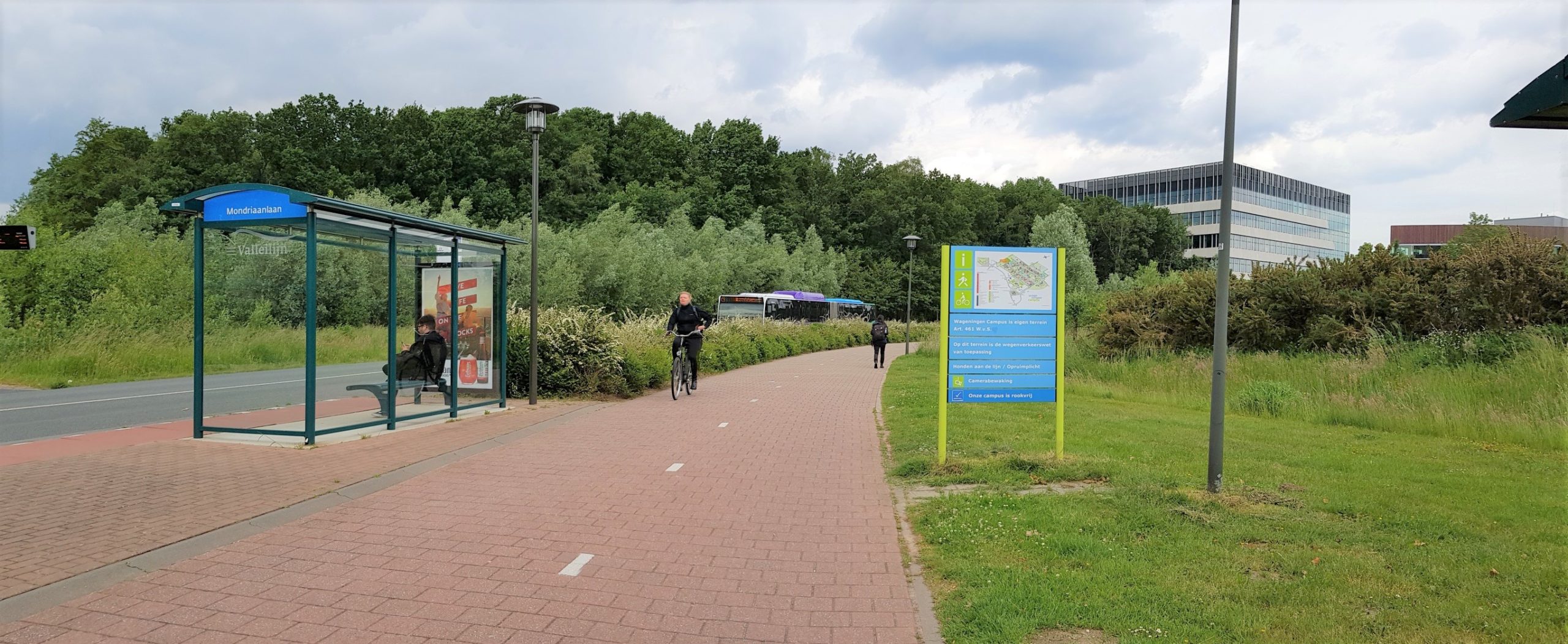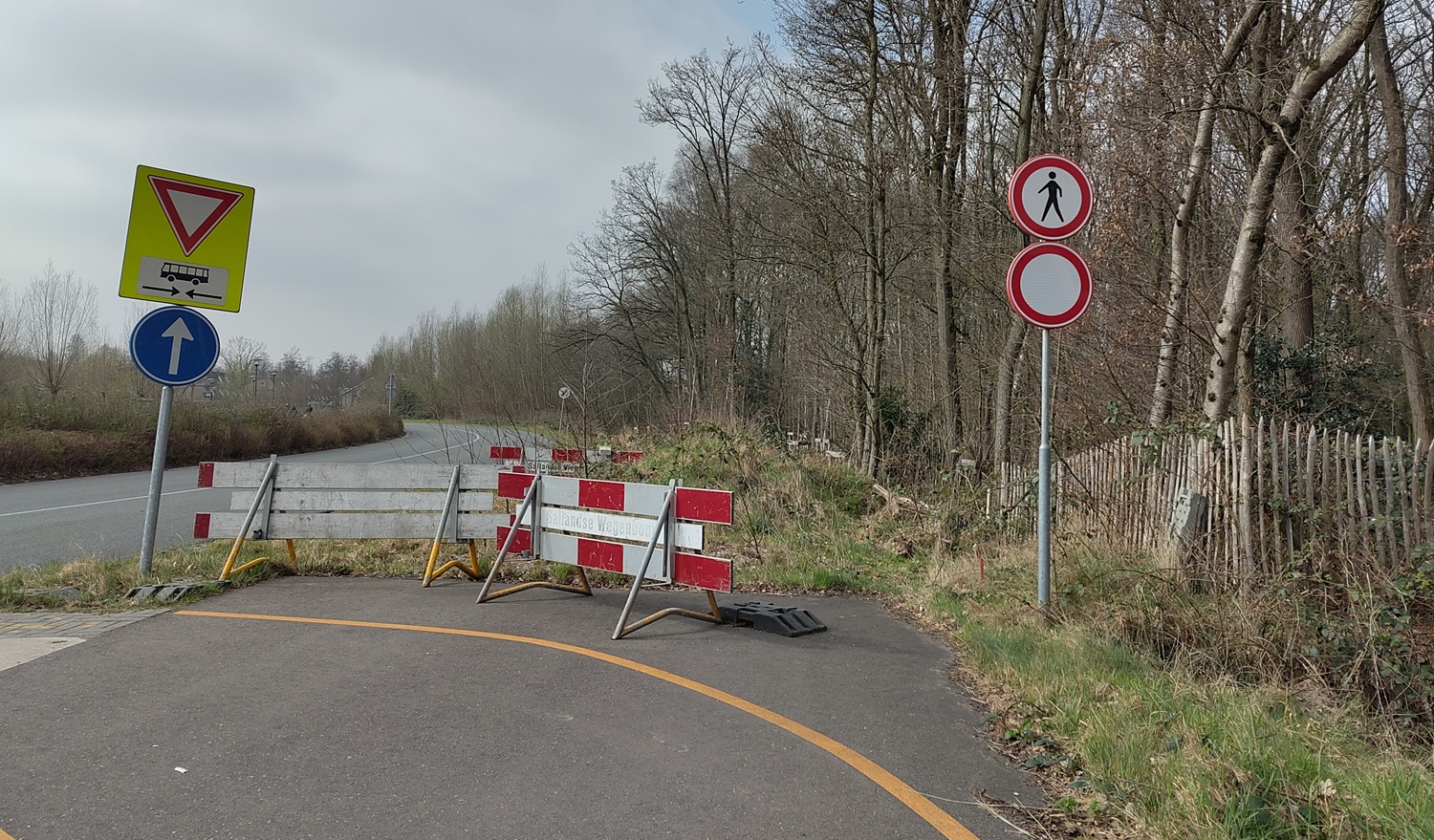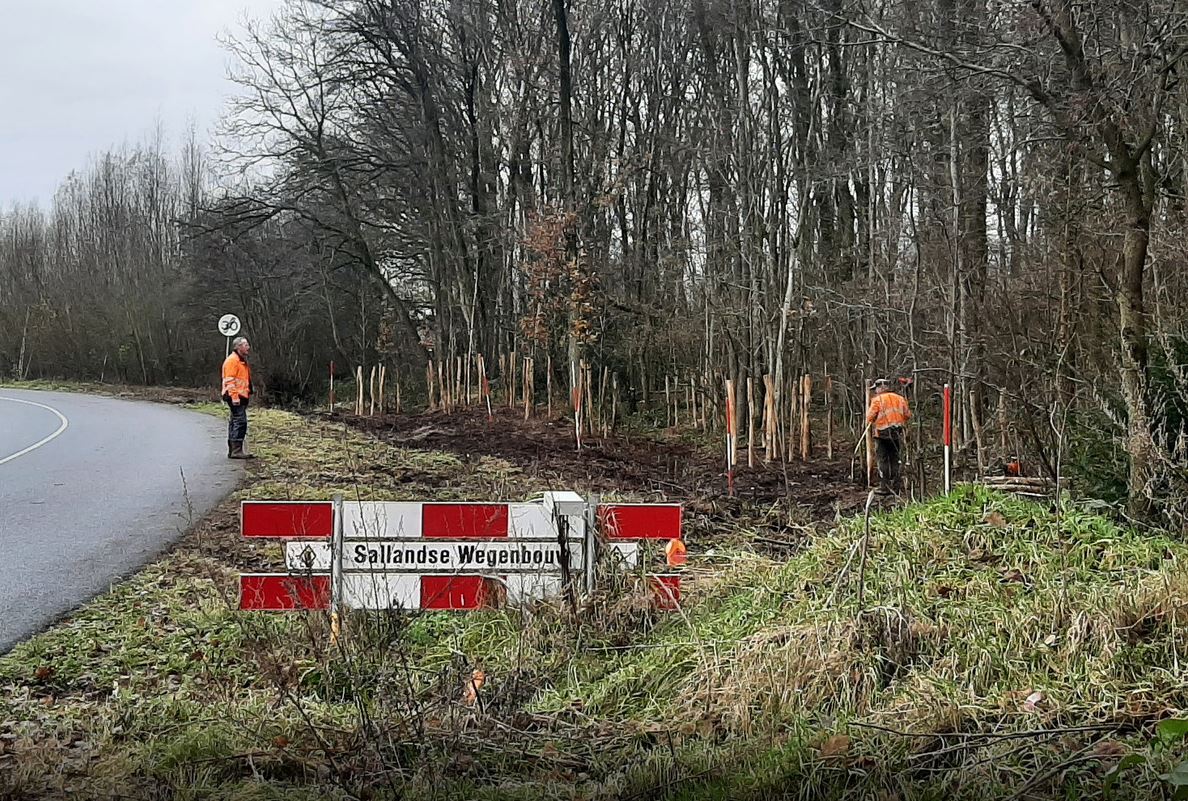Next month, work will start on making the west side of the campus accessible to cars. However, that access will not be there for everyone. The entrance is allowed to accommodate 1400 ‘traffic movements’. That’s 700 cars entering and leaving the campus. Who is allowed to use it is still being studied. Who may not is clear: residents of Wageningen.
WUR employees living in the city are expected to come to work by bike, says Harold Swartjes, director of the Facility Management Department. ‘The idea is that employees living west of Wageningen will use this new entrance. We don’t want to make it too complicated. There will be a barrier that you can open with a pass or via license plate registration.’
No shortcuts
The new access will therefore be ‘not a shortcut’, Swartjes emphasises. Road users without a pass will also benefit, although indirectly, from the western entrance. The new access will ensure that the roads leading to the campus’ main entrance on Mansholtlaan will be less busy. The number of 1,400 traffic movements has been calculated accordingly.
The new road will be on the site of the current cycle path on the south side of the bus lane. On the other side of the bus lane, at the edge of the Dassenbos (Badger Forest), there will be a new bicycle and footpath. That new path will connect to the existing cycle path along Aurora. The new path will partly (over 30 metres) have a special design as a wooden decking path.
Restoration
Next to this wooden cycle path, there will also be a wooden footpath. Both paths and the restoration of this edge of the Badger Forest are an idea of ecologist Wieger Wamelink. The plan settles a dispute that had arisen between WUR and nature club Mooi Wageningen over damage caused by the construction of the bus lane in 2013.
Work will start next month. The bike path is expected to be ready by mid-November. Then the new road will be made, after which the junction of Mondriaanlaan with the bus lane will be addressed.
Translated with DeepL
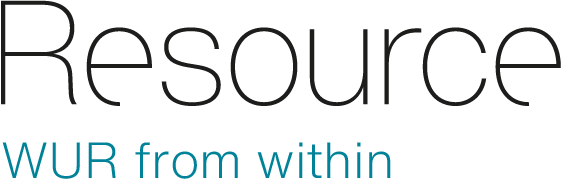
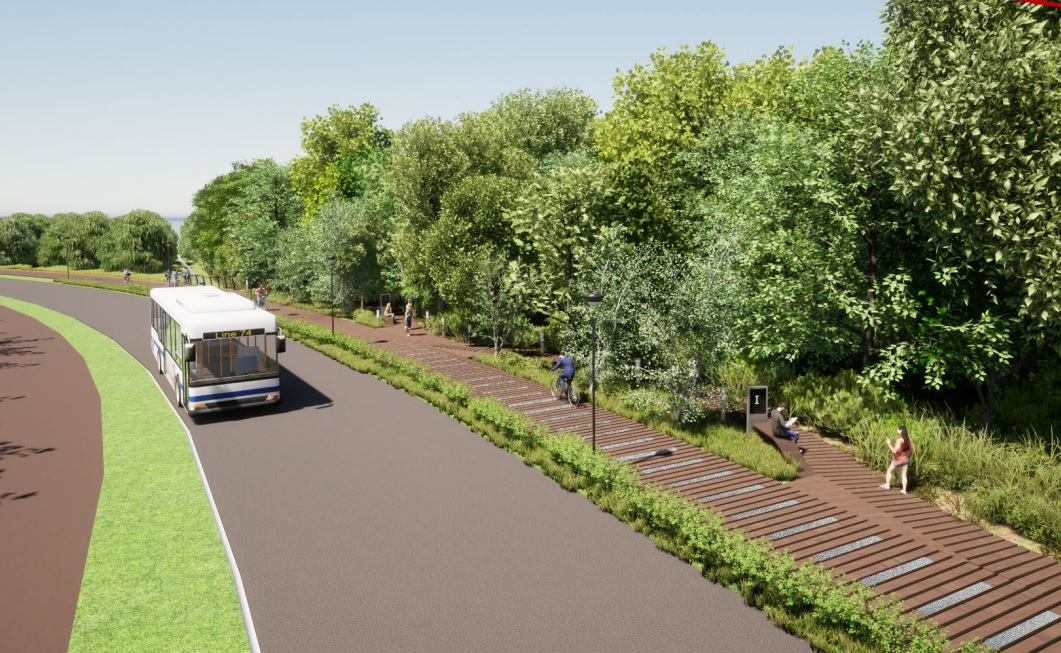 The bus lane and the boardwalk on the right. Illustration WUR
The bus lane and the boardwalk on the right. Illustration WUR 